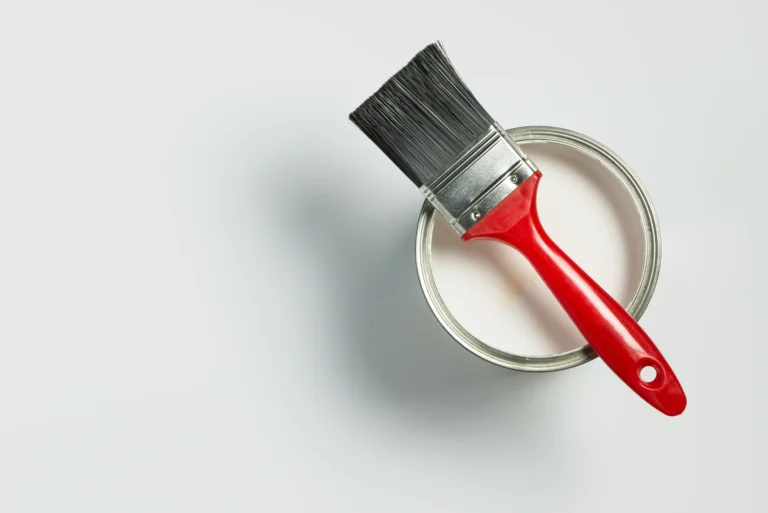When planning a painting project, one of the most common questions homeowners ask is how many paint coats for walls are really necessary. The answer depends on several factors including surface condition, paint color, primer type, and the overall quality of materials used. While a single coat may seem sufficient at first glance, professionals know that proper coverage and durability come from applying multiple layers with the right preparation. Understanding how paint interacts with the surface helps you achieve long-lasting, even color and a finish that looks professionally done.
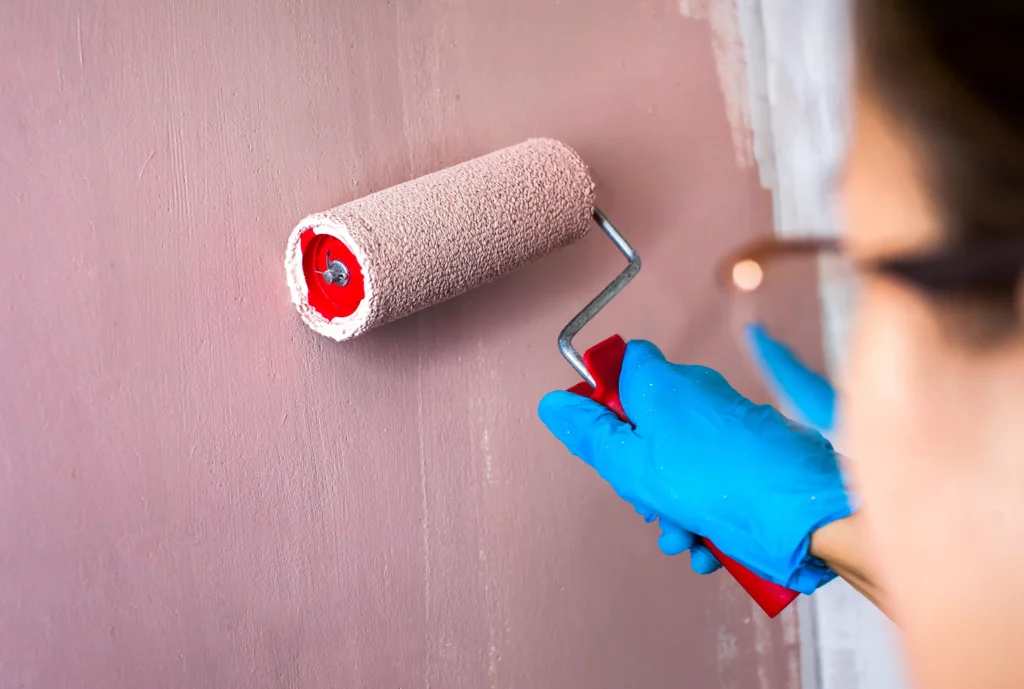
Why the number of coats matters
The number of paint coats directly affects color richness, surface protection, and overall appearance. A single coat might hide imperfections temporarily, but it usually fails to provide even coverage or withstand everyday wear. Two or more coats allow the paint to fully bond with the wall, creating a durable barrier against moisture, dust, and marks. For homeowners planning a full room transformation, taking the time for extra coats is an investment that improves longevity and reduces the need for touch-ups later. Professional painters like Four Seasons Painting Co. emphasize preparation and proper layering for consistent, streak-free results. Whether it’s a new build or a simple refresh, their process ensures that each coat contributes to both beauty and durability.
The role of primer
Primer plays a crucial role in determining how many coats of paint you’ll need. A high-quality primer seals porous surfaces, covers stains, and creates a uniform base that allows topcoats to adhere better. Without primer, the first coat of paint often absorbs unevenly into drywall or plaster, leading to patchy color. Using a tinted primer can also help when applying a lighter color over a darker shade, reducing the total number of coats required. If you’re working with raw drywall, stains, or drastic color changes, primer is essential before applying any topcoat. For new construction projects, applying primer and paint correctly is key to long-lasting results. Learn more about how professional teams handle base coatings and surface preparation on the New Construction Painting page.

When one coat might be enough
There are a few situations where one coat of paint may be sufficient. If you’re repainting a wall with the same color and the existing surface is clean and in excellent condition, one coat of high-quality paint may refresh the look without visible streaks. Paints labeled as “one-coat coverage” are formulated with higher pigment levels and can cover similar tones effectively. However, even these products work best over a properly primed or previously painted surface of the same shade. Professionals still prefer to apply two coats for consistency, but with top-tier paint and steady technique, one coat can occasionally work for touch-ups or maintenance painting.
Why two coats is the standard
Most professional painters agree that two coats of paint provide the best balance between cost, coverage, and durability. The first coat acts as a foundation, sealing the wall and establishing the color. The second coat deepens the tone and smooths out any visible brush or roller marks. It also provides extra resistance against fading, scuffs, and cleaning products. Two coats ensure that the finish appears uniform from every angle, even in changing light. This approach works for both interior and exterior projects and remains the industry standard for lasting results.
If you’d like to see examples of how professional painters achieve smooth, even finishes, the Interior Painting page offers insights into techniques and finishes used to transform rooms effectively.
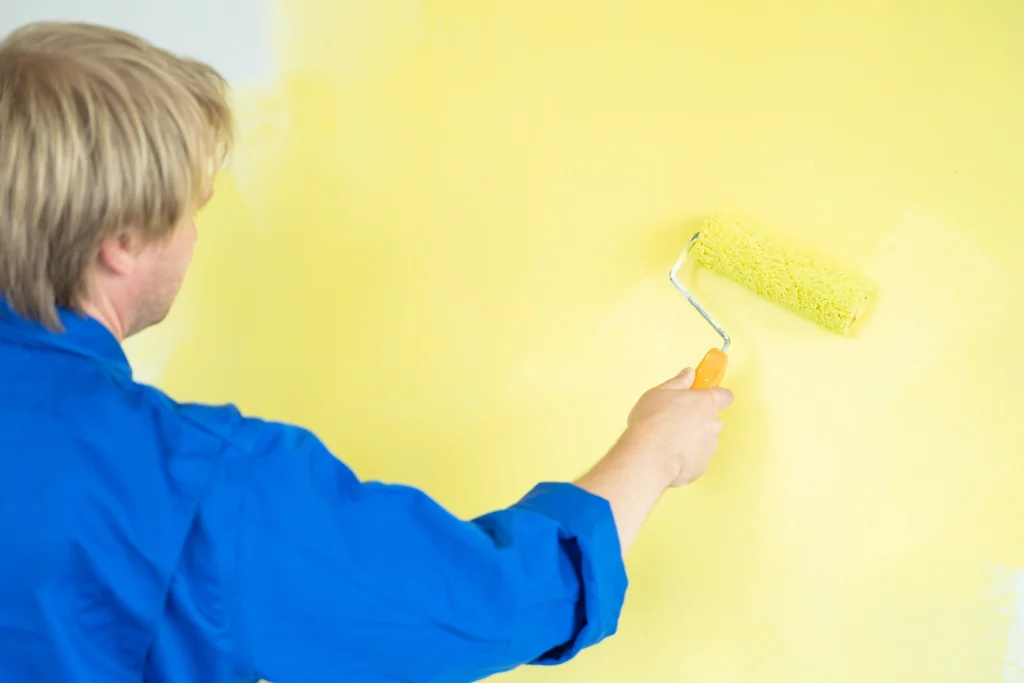
When you may need a third coat
Certain situations call for a third coat of paint. If you’re making a dramatic color change, such as from dark gray to soft white, even high-quality primer and two coats may not completely hide the old color. A third coat ensures total opacity and color depth. Similarly, when using bold or deep shades like navy or red, multiple layers help achieve even pigment distribution. These colors often contain fewer solid particles, so they require more coats to achieve full saturation. Paint sheen also matters—glossy finishes may need an extra coat to maintain uniform reflection. In older homes, walls that have been patched, repaired, or sanded unevenly might also absorb paint differently, requiring another coat for smoothness. Applying a third coat may take more time, but it guarantees professional-level consistency and durability.
Paint quality and coverage
The quality of paint you choose has a significant impact on coverage. Premium paints contain more pigments and resins, which means better hiding power and fewer coats needed. Lower-quality paints may save money upfront but often require additional layers to achieve the same opacity. Using high-quality products from trusted brands like Sherwin-Williams or Benjamin Moore can make a visible difference in how well the paint performs and how long it lasts. Professionals rely on these brands for their consistent color retention and washability. Investing in top-tier paint is especially important in high-traffic areas such as hallways, kitchens, and living rooms, where surfaces endure daily wear.
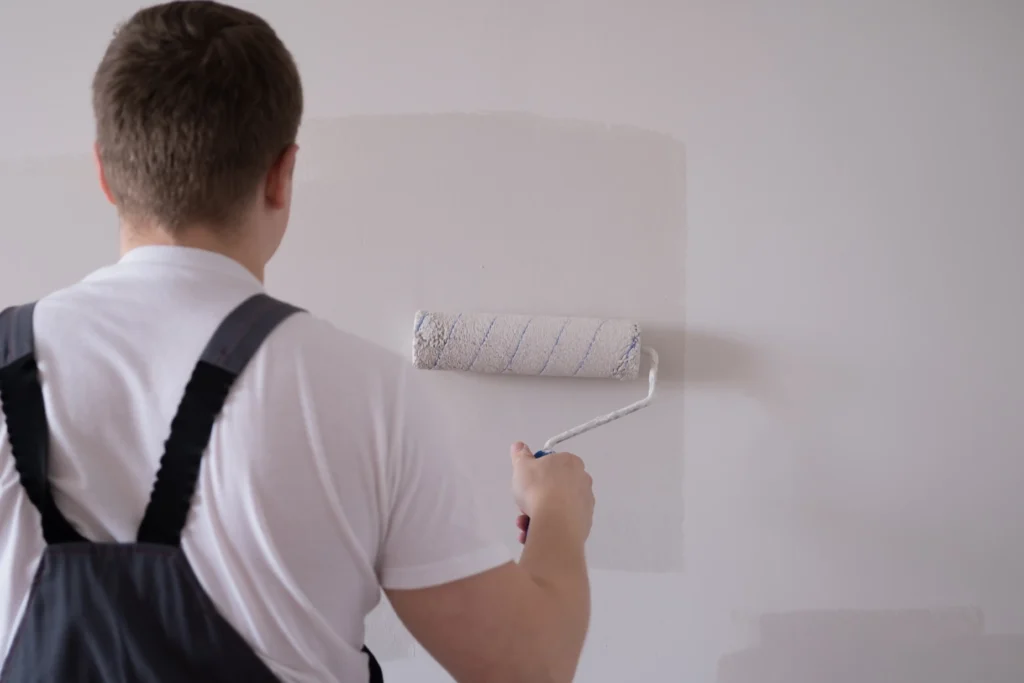
Surface condition and texture
The wall’s condition also determines how many paint coats are necessary. Porous or damaged walls absorb more paint, often requiring additional layers for full coverage. Rough or textured walls—like those with orange peel or knockdown finishes—need extra paint because the texture increases surface area. Smooth, prepped walls typically require fewer coats, while newly plastered or repaired areas may need an additional one to blend evenly. Proper surface preparation, including cleaning and sanding, can help reduce the number of coats needed by allowing the paint to adhere uniformly.
Impact of color changes
Color transitions greatly affect how many paint coats for walls you’ll need. Painting a lighter color over a dark surface almost always requires more coats, especially if primer isn’t used. Tinted primer helps shorten the process by bridging the color difference. Conversely, switching from light to dark shades can require fewer coats since darker pigments typically cover more easily. However, without even primer coverage, uneven absorption may still occur. Planning your color change carefully and discussing options with a professional painter ensures efficient and smooth results.
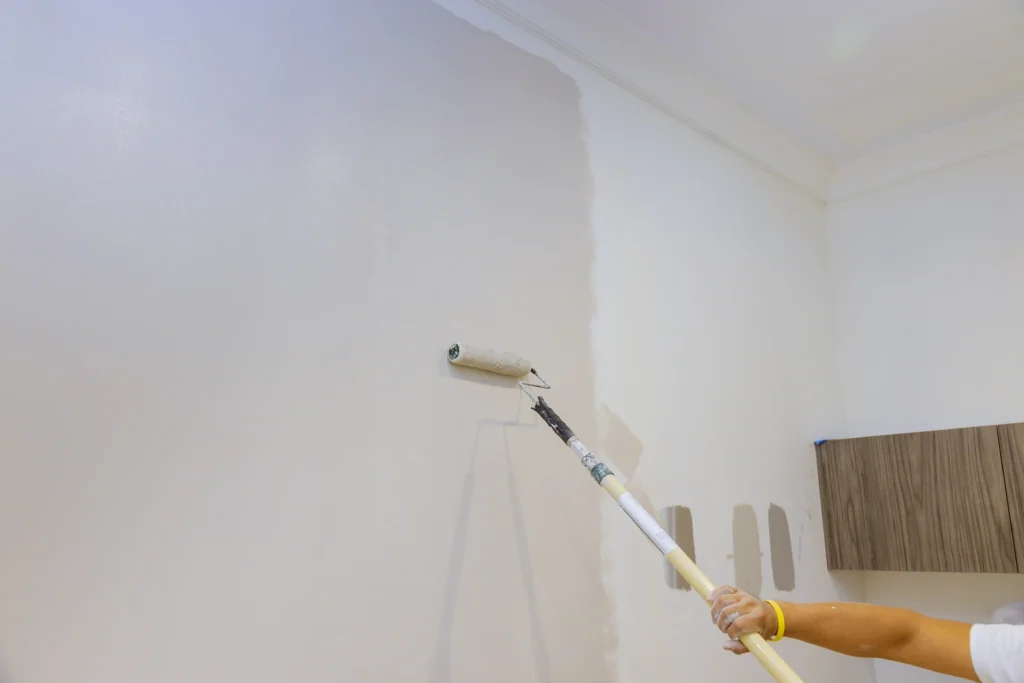
Choosing the right tools
Even the best paint can underperform if applied with poor tools. The roller’s nap thickness, brush quality, and paint sprayer type all influence coverage. A short-nap roller works best for smooth walls, while a thicker nap is better for textured surfaces. Using the correct tool allows the paint to spread evenly, helping each coat do its job effectively. Professionals typically use a combination of brushes and rollers for corners and larger surfaces to achieve consistent coverage and finish quality.
When to apply each coat
Proper timing between coats ensures a strong, smooth finish. Applying a new coat before the previous one dries completely can lead to streaks or peeling. Most latex paints require about four hours between coats, though humidity and temperature can alter drying times. Professionals follow manufacturer recommendations to achieve the best adhesion and finish. Rushing the process can compromise durability, while patience results in paint that looks better and lasts longer.
How to tell when you’ve achieved full coverage
You can check coverage by inspecting the wall in bright, natural light. Look for uneven sheen or faint patches of the old color. If you can still see variations, another coat is needed. It’s better to add an extra layer now than to notice inconsistencies later. Uniform texture, consistent color, and smooth reflection across the wall indicate that coverage is complete. Professionals always verify this before wrapping up a job to ensure perfection from every angle.
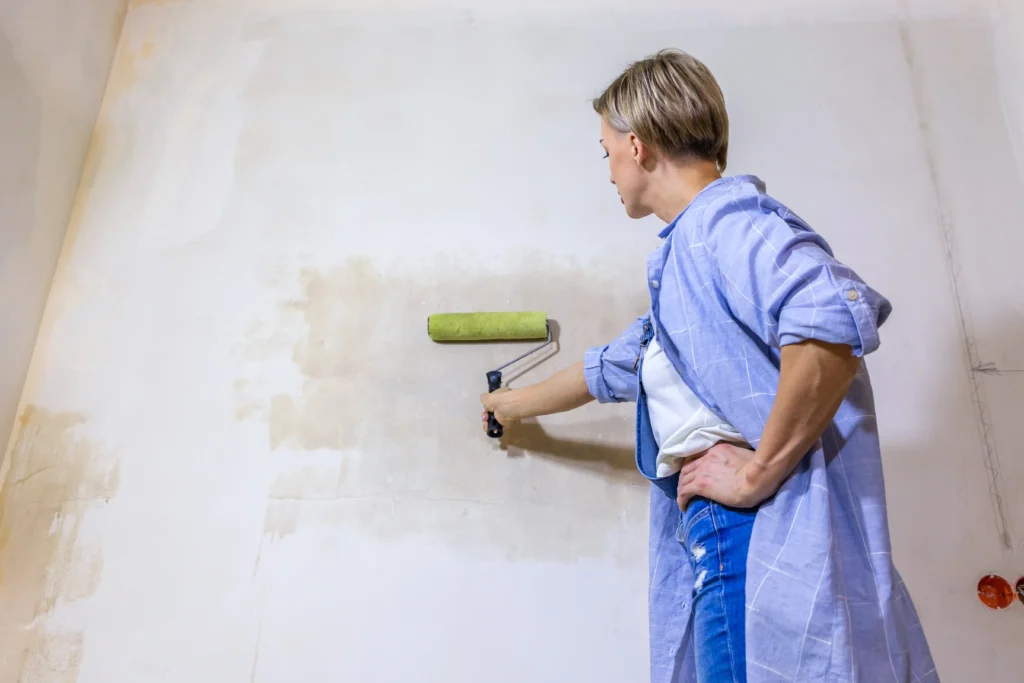
Conclusion
How many paint coats for walls depends on the surface, color, and quality of materials used. While one coat might work for touch-ups or similar color repaints, two coats remain the professional standard for lasting beauty and durability. A third coat may be necessary for bold color changes or uneven surfaces. Investing in quality paint, proper primer, and skilled application ensures smooth, even coverage that stands the test of time.
For guidance on how to achieve flawless results in your own home, visit Four Seasons Painting Co.. Their attention to detail, from preparation through final coating, ensures that every wall receives just the right number of coats for a perfect finish that lasts for years.

